
April Greiman is an American designer widely recognized as one of the first designers to embrace computer technology as a design tool. Greiman is also credited, along with early collaborator Jayme Odgers, with helping to import the European New Wave design style to the US during the late 70s and early 80s." According to design historian Steven Heller, “April Greiman was a bridge between the modern and postmodern, the analog and the digital.” “She is a pivotal proponent of the ‘new typography’ and new wave that defined late twentieth-century graphic design.” Her art combines her Swiss design training with West Coast postmodernism.
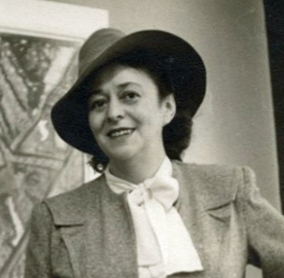
Teresa Żarnowerówna was a Polish avant-garde artist, painter, sculptor, scenographer, and architect.

Ellen Lupton is a graphic designer, curator, writer, critic, and educator. Known for her love of typography, Lupton is the Betty Cooke and William O. Steinmetz Design Chair at Maryland Institute College of Art. Previously she was the Senior Curator of Contemporary Design at Cooper Hewitt, Smithsonian Design Museum in New York City and was named Curator Emerita after 30 years of service. She is the founding director of the Graphic Design M.F.A. degree program at Maryland Institute College of Art (MICA), where she also serves as director of the Center for Design Thinking. She has written numerous books on graphic design for a variety of audiences. She has contributed to several publications, including Print, Eye, I.D., Metropolis, and The New York Times.

Philippe Apeloig is a French graphic designer and typographer.
Ikko Tanaka was a Japanese graphic designer.

The Museum of Design, Zürich is a museum for industrial design, visual communication, architecture, and craft in Zurich, Switzerland.
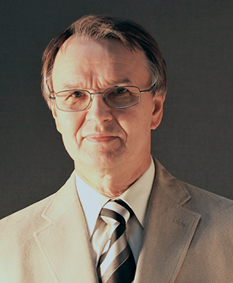
Erkki Ruuhinen is a Finnish graphic designer specializing in business emblems, logos and design management. He is also known for his film posters and his calligraphic and typographic work.
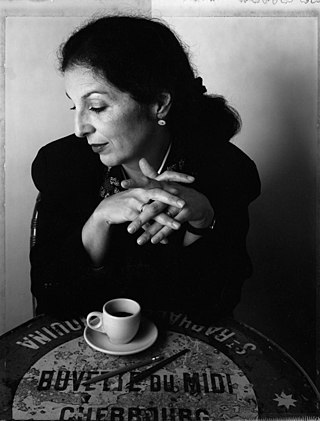
Louise Fili, born on April 12, 1951, is an American graphic designer renowned for her adept use of typography and commitment to quality design. Her artistic inspiration derives from her passion for Italy, Modernism, and European Art Deco styles. Acknowledged as a trailblazer in the postmodern revival of historical styles in book jacket design, Fili seamlessly blends historic typography with contemporary colors and compositions. Commencing her career in the publishing industry, Fili gained prominence for her robust typographic approach, crafting nearly 2,000 book jackets during her tenure with Random House. Upon establishing her own design studio, she has directed her focus towards restaurant identity, food-related logos, and packaging.
Simone Guillissen-Hoa was a Belgian architect. She was one of the first women architects in Belgium and the first one to build a house. After World War II, she contributed to the renewal of residential complexes. To do so, she designed several modernist houses that corresponded to the local style, in terms of the use of materials for example.
The Gabinet de les Arts Gràfiques, in English Graphic Arts Cabinet, is a museum opened in 1942 and located in the Palau Reial de Pedralbes in Barcelona. Together with Museu de les Arts Decoratives and the Museu Tèxtil i d'Indumentària is part of the Disseny Hub Barcelona.

Françoise Taylor was a Belgian/British artist.

Jacqueline S. Casey was a graphic designer best known for the posters and other graphic art she created for the Massachusetts Institute of Technology (MIT). While practicing a functional Modernism, Jacqueline S. Casey was a graphic designer in the Office of Publications from 1955 to 1989, and was appointed director in 1972. In discussing her design, Casey stated, "My work combines two cultures: The American interest in visual metaphor on the one hand, and the Swiss fascination with planning, fastidiousness, and control over technical execution on the other."

Isabella or Isabelle Alice Errera was a Belgian art historian specializing in textiles.
Fernand Baudin was a Belgian book designer, author, typographer, and teacher. Baudin was active in the field of graphic design in many ways and described himself as a “typographiste”. He was part of national and international typographic organizations, like ATypI, the Graphica-Belgica Prize, and Rencontres internationales de Lure.
Luba Lukova is an American visual artist, known for her thought-provoking images and expressive poster designs. Her work has won international acclaim and is represented in the permanent collections of the Museum of Modern Art, New York; Denver Art Museum; Bibliothèque nationale de France, Paris; Hong Kong Heritage Museum; Centre de la Gravure et de l'Image imprimée, La Louvière, Belgium; the Library of Congress; and the World Bank, Washington, D.C.
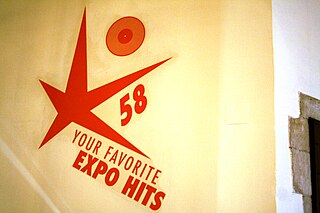
Lucien Theodore De Roeck was a Belgian artist, type designer, typographer and graphic designer. He is best known for the design of Expo 58, the Brussels World's Fair in 1958.
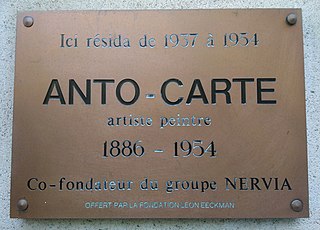
Antoine "Anto" Carte was a Belgian painter.

Gisbert Combaz, or Ghisbert Combaz, was a Belgian painter, lithographer, illustrator, poster artist, furniture designer, sculptor, art educator, art historian and lawyer. He originally trained and practised as a lawyer, but gave up his legal career to dedicated himself to art education and art. He was one of the leading Belgian Art Nouveau artists. Despite his talents as a painter, he is now mainly known for his poster designs and postcards as well as his First World War drawings expressing his hatred for the German occupiers. His work showed a strong influence of his in-depth study of Japanese and Chinese art.
Elza Severin was a Belgian artist.
Mary Teichman is an American artist and printmaker known for her color aquatint etchings.












